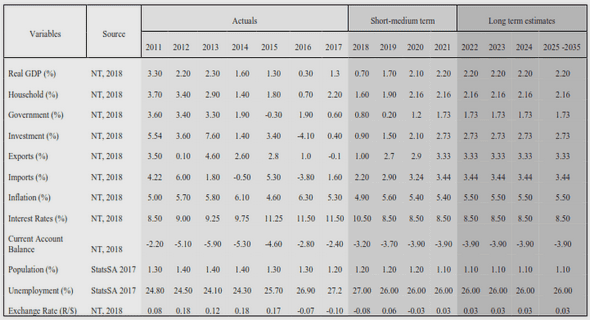(Downloads - 0)
For more info about our services contact : help@bestpfe.com
Table of contents
1. Introduction
2. Form Defect Simulation
2.1 Introduction
2.2 Form Error Simulation Methods
2.2.1 Overview of Different Methods
2.2.2 Model Used for Simulation
2.3 Non-Mode Based Methods
2.3.1 Random Noise Method
2.3.2 Mesh Morphing Methods
2.4 Mode Based Methods
2.4.1 Trigonometric Function Modes
2.4.2 Spectral Methods
2.5 Analysis and Comparison of Methods
2.5.1 Criteria
2.5.2 Advantages, Drawbacks and Application of Each Method
2.6 Conclusion
3. Skin Model Shape Generation
3.1 Introduction
3.2 Geometric Issues
3.2.1 Non-Connection
3.2.2 Face Connection
3.2.3 Obtuse and Acute Dihedral Angles
3.2.4 Ratio Mesh Size/Deviation Magnitude
3.3 Deviation Combination Methods
3.3.1 Local Method
3.3.2 Global Method
3.4 Simulation and Comparison
3.4.1 Model Used for Comparison
3.4.2 Simulation Results and Comparison
3.4.3 Application with Mechanical Part
3.5 Conclusion
4. Skin Model Shape Assembly Simulation
4.1 Introduction
4.2 Assembly Considering Form Defects
4.2.1 Mating of Two Planar Surfaces
4.2.2 Assembly of Two Parts with Several Contacting Surfaces
4.2.3 Assembly of Multiple Parts
4.3 LCC-Based Assembly Simulation
4.3.1 Integration of Manufacturing Defects
4.3.2 Displacements between Skin Model Shapes
4.3.3 Displacement Condition
4.3.4 Balance of Forces and Moments
4.3.5 Multiple Assembly Parts
4.3.6 Formulation of the Assembly Problem
4.3.7 Overview of Simulation Process
4.4 Application and Analysis
4.4.1 Generating Skin Model Shapes
4.4.2 Mating Two Squares with Manufacturing Defects
4.4.3 Assembly Examples
4.4.4 Stability of the Assembly Configuration
4.4.5 Assembly of Mechanical Product
4.4.6 Simulation Analysis
4.5 Conclusion
5. Deviation Evaluation
5.1 Introduction
5.2 Method Uncertainty and GeoSpelling
5.3 Examples of GeoSpelling
5.4 Deviation Evaluation Based on SDT
5.4.1 Elementary Surfaces and Invariances
5.4.2 Express Degree of Invariance by SDT
5.4.3 Linearization of Characteristics
5.4.4 Formulating and Solving the Problem
5.5 Improvements on Evaluation Method
5.5.1 Add Linear Equations as Association Constraints
5.5.2 Calculate Degree of Invariance for Feature Group
5.6 Development of Virtual Laboratory
5.6.1 Project and Objectives
5.6.2 Functions for Different Types of Measurement
5.7 Conclusion
6. Conclusion
6.1 Contributions
6.2 Future Work
References

